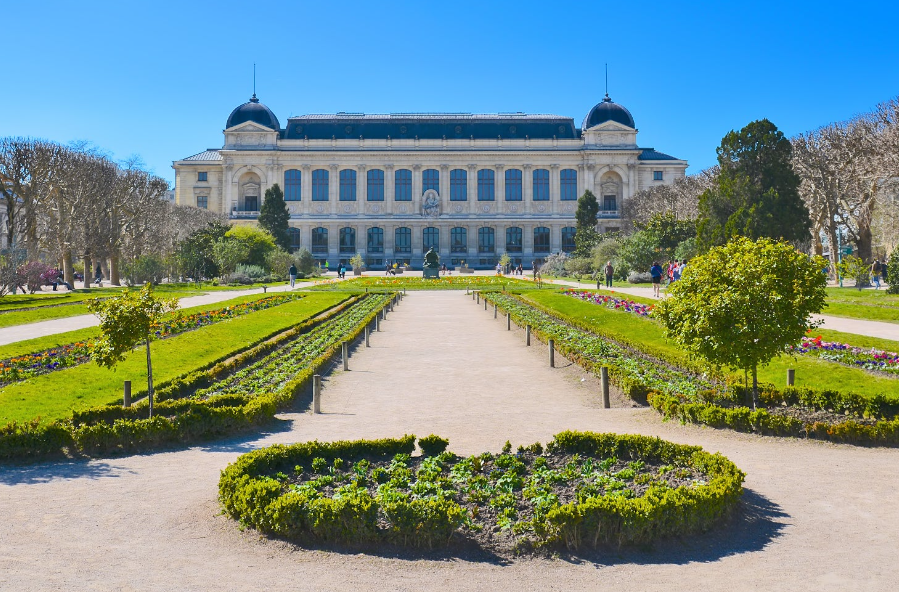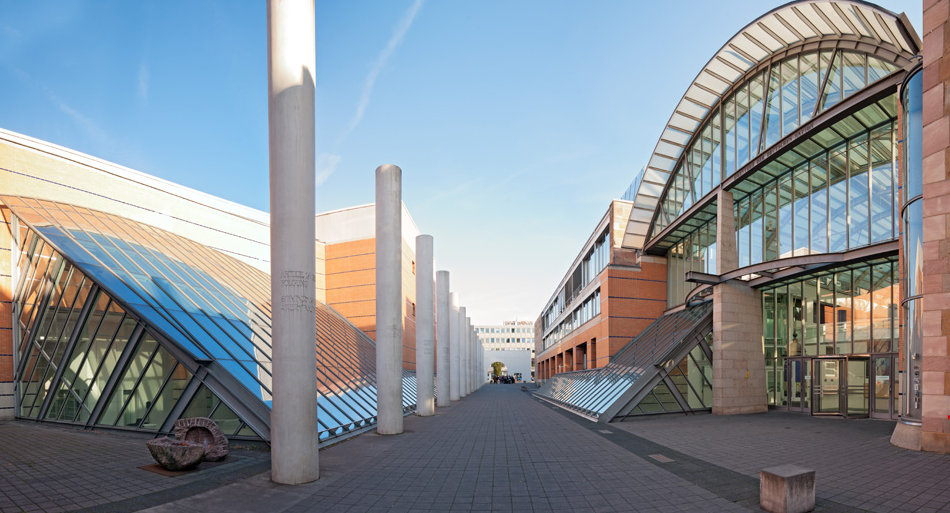Cambodia National Museum, also known as the National Museum of Cambodia, is a significant cultural institution located in Phnom Penh, the capital city of Cambodia. This prestigious museum serves as a repository for Cambodia’s rich history, art, and culture, offering visitors a profound insight into the country’s past. With its remarkable collection of artifacts and exhibits, the museum stands as a testament to Cambodia’s extraordinary heritage.
History of the Cambodia National Museum
The Cambodia National Museum was established in 1920 during the French colonial period, reflecting the country’s commitment to preserving its cultural heritage. It was originally built upon the former Royal Palace grounds and served as a home for the collection of Khmer art and archaeological treasures. Over the years, the museum has undergone renovations and expansions to accommodate an ever-growing collection.
Architecture
The museum’s architecture is an embodiment of traditional Khmer design, characterized by its elegant and ornate structures. The main building features a graceful terracotta-colored facade adorned with intricate carvings and bas-reliefs, reflecting the artistic prowess of the Khmer civilization. The museum’s serene courtyard and lush gardens provide a tranquil setting for visitors to immerse themselves in the cultural ambiance.
Collection and Exhibits
The Cambodia National Museum houses a vast collection of over 14,000 artifacts, spanning various periods of Cambodian history. The exhibits showcase the evolution of Khmer art, from the prehistoric era to the modern era. Visitors can explore sculptures, ceramics, bronzes, textiles, and ethnographic objects that depict the artistic and cultural traditions of Cambodia.
Key Artifacts
Among the museum’s notable artifacts is the statue of the ‘Leper King,’ a 12th-century sandstone sculpture that originated from the Angkor archaeological site. The statue’s intricate details and mysterious expression make it a captivating piece of ancient Khmer art. Another significant artifact is the ‘Goddess of Mercy,’ a beautifully crafted bronze statue that exemplifies the artistic excellence of the Khmer civilization.
Cultural Significance of Cambodia National Museum
The Cambodia National Museum holds immense cultural significance as it serves as a custodian of Cambodia’s heritage. It plays a vital role in educating both locals and international visitors about the country’s history and culture. By preserving and showcasing these precious artifacts, the museum contributes to the revival and appreciation of Cambodia’s cultural identity.
Visitor Information for Cambodia National Museum
Opening Hours
The museum is open to visitors from Tuesday to Sunday, between 8:00 AM and 5:00 PM. It is closed on Mondays and certain public holidays. It is advisable to check the official website for any updates or changes to the opening hours.
Admission Fees
To gain entry to the Cambodia National Museum, visitors are required to pay a nominal admission fee. The fees are affordable and vary depending on the visitor’s nationality. Cambodian citizens enjoy discounted rates, while international visitors are subject to standard admission fees.
Location
The museum is conveniently situated near the Royal Palace in Phnom Penh, making it easily accessible for tourists and locals alike. Its central location allows visitors to explore other nearby attractions, such as the Silver Pagoda and the riverside promenade.
Accessibility
The Cambodia National Museum strives to provide accessibility for all visitors. The main building and most of the exhibits are wheelchair-friendly, allowing individuals with mobility challenges to navigate the museum comfortably. Additionally, there are audio guides available in multiple languages to enhance the visitor experience.
Tips for Visitors
Plan Sufficient Time: Allocate ample time to explore the museum thoroughly, as there is an abundance of captivating artifacts to discover.
Engage with Guided Tours: Consider joining a guided tour to gain deeper insights into the exhibits and their historical context.
Respect Cultural Etiquette: As a sign of respect, dress modestly and avoid touching or damaging the artifacts.
Photography Guidelines: Review the museum’s photography policy to ensure you comply with any restrictions in certain areas or with specific artifacts.
Take Breaks: The museum can be extensive, so take breaks in the tranquil courtyard to rest and reflect on the cultural treasures you’ve encountered.
Recommended Itinerary
To make the most of your visit to the Cambodia National Museum, follow this suggested itinerary:
- Begin your journey in the early morning to avoid crowds and enjoy a peaceful exploration.
- Start by exploring the museum’s prehistoric and Funan galleries, which provide insights into Cambodia’s earliest civilizations.
- Move on to the galleries dedicated to the Angkor period, where you can admire masterful sculptures and learn about the rise and fall of the Khmer Empire.
- Delve into the exquisite collection of ceramics and textiles that showcase the artistic prowess of the Khmer civilization.
- Conclude your visit by immersing yourself in the modern art gallery, featuring contemporary works by Cambodian artists.
FAQs
- Is photography allowed inside the museum?
Yes, photography is permitted inside the museum; however, certain areas may have restrictions. Please check with the staff or refer to the museum’s photography policy.
- Are guided tours available?
Yes, the museum offers guided tours led by knowledgeable guides who provide valuable insights into the exhibits. Guided tours can enhance your understanding of Cambodia’s rich cultural heritage.
- Is the museum suitable for children?
The museum can be an educational and engaging experience for children, especially those with an interest in history and art. However, it is advisable to supervise children to ensure the safety of the artifacts.
- Are there any nearby dining options?
The museum’s vicinity offers a range of dining options, including traditional Cambodian cuisine and international restaurants. You can enjoy a delightful meal after immersing yourself in the cultural treasures of the museum.
- Can I purchase souvenirs at the museum?
Yes, the museum has a gift shop where you can find a variety of souvenirs, including replicas of famous artifacts, traditional crafts, and books on Cambodian history and culture.
Conclusion
The Cambodia National Museum stands as a testament to Cambodia’s rich cultural heritage, offering visitors a captivating journey through time. Its remarkable collection of artifacts and exhibits showcases the artistic prowess and historical significance of the Khmer civilization. By immersing yourself in the museum’s treasures, you gain a deeper appreciation for Cambodia’s vibrant past and cultural identity.
References:
- “Cambodia National Museum.” Official Website of Tourism Cambodia. Retrieved from https://www.tourismcambodia.com/attractions/museum/cambodia-national-museum
- “National Museum of Cambodia.” Lonely Planet. Retrieved from https://www.lonelyplanet.com/cambodia/phnom-penh/attractions/national-museum-of-cambodia/a/poi-sig/1325236/355861
- Dara, Chan. “Cambodia National Museum: A Symbol of Culture and History.” The Phnom Penh Post. Retrieved from https://www.phnompenhpost.com/supplements/cambodia-national-museum-symbol-culture-and-history

